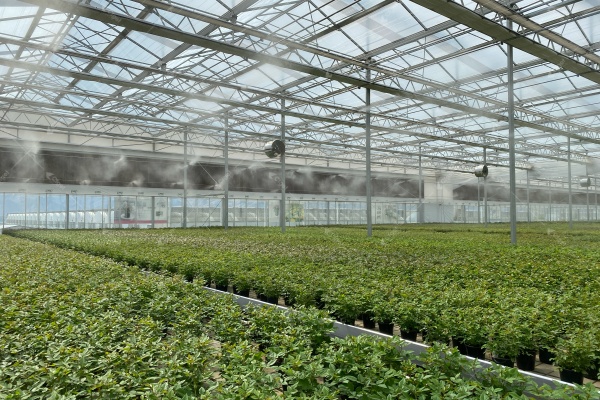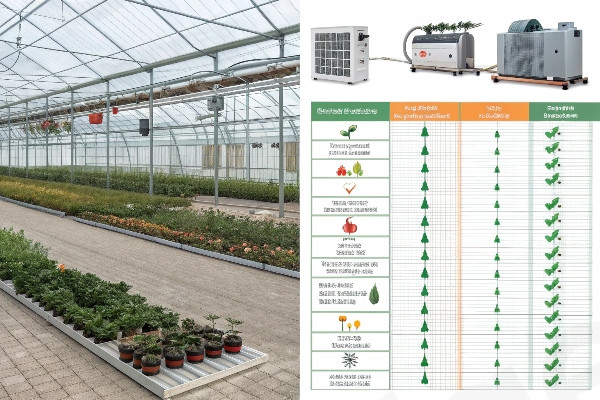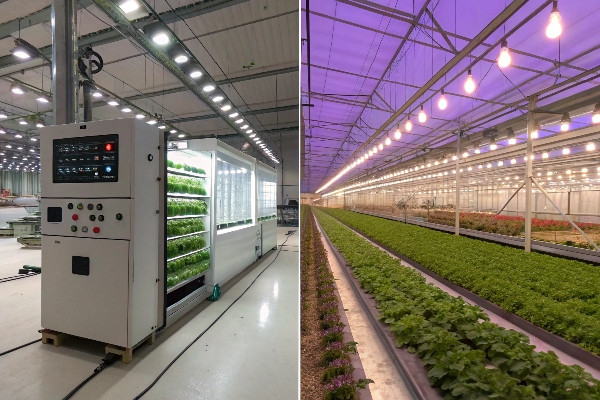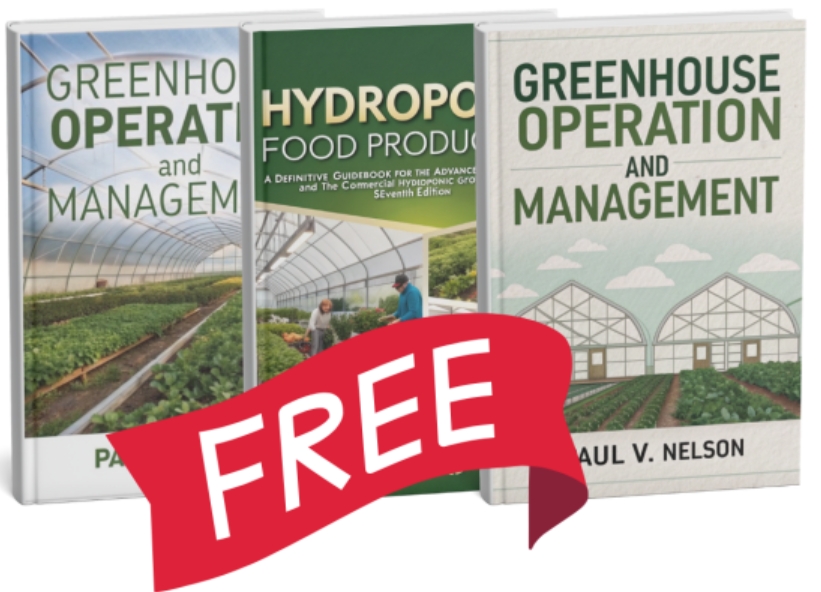Selecting greenhouse covering materials confuses many growers. The wrong choice leads to poor crop performance, higher energy costs, and reduced profitability over time.
Polycarbonate and glass greenhouses each offer distinct advantages depending on crop requirements, climate conditions, and budget constraints. Glass provides maximum light transmission and durability for high-value crops, while polycarbonate offers superior insulation and impact resistance at lower initial costs. The optimal choice depends on your specific growing needs and local conditions.
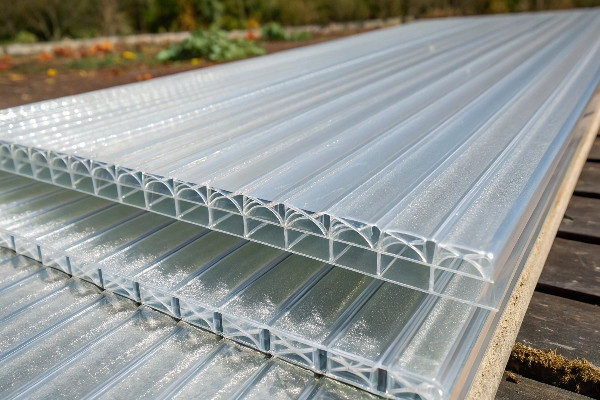
Material choice significantly impacts growing conditions and operational costs.
During my 29 years in greenhouse design and installation, I have learned that no single covering material works best for every situation. The decision between polycarbonate and glass depends on multiple factors that vary significantly across different regions and growing operations. Our installations across the Middle East, Southeast Asia, and temperate climates have taught me that local conditions often determine the most suitable choice.
Consider Light Needs: How much light do your crops require?
Poor light transmission destroys crop quality and reduces yields significantly. Many growers underestimate how covering materials affect plant growth and development.
Glass greenhouses transmit 90-95% of available light, making them ideal for high-light crops like tomatoes, peppers, and cut flowers. Polycarbonate panels typically transmit 80-88% of light but provide better light diffusion, which benefits leafy greens and herbs by reducing hot spots and creating more uniform growing conditions.

Light transmission differences directly impact crop growth and quality.
Light requirements vary dramatically between crop types and growing seasons. High-value fruiting crops like tomatoes, cucumbers, and peppers require maximum light intensity for optimal photosynthesis and fruit development. These crops benefit from the superior light transmission that glass provides, especially during winter months when natural light becomes limited. Our glass greenhouse installations in Northern Europe consistently outperform polycarbonate structures for these light-demanding crops.
The light quality differences between materials also affect plant development. Glass transmits light with minimal spectral changes, maintaining the natural balance of wavelengths that plants have evolved to utilize. This natural spectrum promotes healthy plant development and often results in better flavor, color, and nutritional content in harvested crops.
Polycarbonate panels create light diffusion that can benefit certain growing operations. The scattered light penetrates plant canopies more effectively, reducing shadows and creating more uniform growing conditions throughout the greenhouse. This characteristic works particularly well for leafy greens, herbs, and propagation operations where even light distribution matters more than maximum intensity.
Double-wall polycarbonate panels trap air between layers, which can reduce light transmission but provides other benefits. The diffused light quality often reduces plant stress during hot weather by eliminating harsh direct sunlight that can cause leaf burn or excessive transpiration. This makes polycarbonate particularly suitable for sensitive crops or operations in regions with intense solar radiation.
For operations growing multiple crop types, the light transmission characteristics become more complex. Mixed cropping systems may benefit from the uniform light distribution of polycarbonate, while specialized high-value crop production typically justifies the premium cost of glass for maximum light transmission and crop quality.
Assess Budget: Is initial cost or long-term maintenance more important?
Initial investment limitations force many growers into decisions that cost more money over time. Short-term thinking often leads to higher total ownership costs.
Polycarbonate greenhouses cost 30-50% less initially than glass structures due to lighter weight requirements and simpler installation processes. However, glass greenhouses typically provide better long-term value through superior durability, easier cleaning, and maintained light transmission over 20-30 year lifespans compared to 10-15 years for polycarbonate panels.
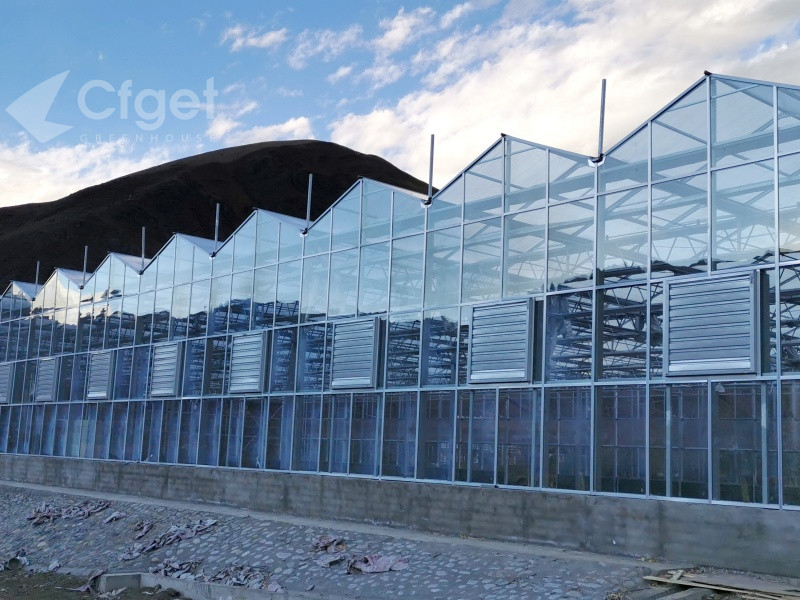
Long-term cost analysis reveals different financial advantages for each material.
The initial cost differences between polycarbonate and glass greenhouses extend beyond just material prices. Polycarbonate panels weigh significantly less than glass, reducing structural requirements and foundation costs. The lighter weight allows simpler frame designs and easier installation, often reducing construction time by 20-30% compared to glass installations.
Installation complexity affects labor costs substantially. Polycarbonate panels install more quickly and safely than glass, reducing skilled labor requirements and construction risks. The panels resist breakage during handling and installation, eliminating the careful procedures and specialized equipment needed for glass installation. This translates to lower construction costs, especially in remote locations where skilled glazing contractors may not be readily available.
Long-term maintenance costs favor glass greenhouses in most applications. Glass surfaces clean easily with standard equipment and maintain their transparency indefinitely with proper care. Polycarbonate panels gradually lose light transmission due to surface degradation and discoloration, requiring replacement every 10-15 years depending on climate conditions and UV exposure.
The cleaning requirements differ significantly between materials. Glass allows thorough cleaning with automated washing systems or pressure washing equipment, maintaining optimal light transmission with minimal effort. Polycarbonate surfaces scratch more easily and require gentler cleaning methods to avoid permanent damage that reduces light transmission.
Replacement costs must be factored into long-term financial planning. When polycarbonate panels reach the end of their useful life, replacement involves significant labor and material costs. Glass panels may occasionally require individual replacement due to breakage, but the overall structure typically lasts 25-30 years without major renovation.
Energy costs also affect the total cost of ownership. The superior insulation properties of polycarbonate can reduce heating costs by 20-40% compared to single-layer glass, providing ongoing operational savings that may offset higher replacement costs over time.
Analyze Climate Conditions: Do you have strong winds or heavy snow in your area?
Extreme weather destroys inadequately designed greenhouse structures. Many growers discover too late that their covering material cannot handle local climate conditions.
Polycarbonate panels provide superior impact resistance and flexibility, making them ideal for areas with hail, strong winds, or seismic activity. Glass greenhouses require heavier structural support but handle snow loads better due to smooth surfaces that allow snow to slide off naturally, preventing dangerous accumulations.

Local climate conditions determine which material provides better long-term reliability.
Wind resistance becomes critical in exposed locations or regions prone to severe weather events. Polycarbonate panels flex without breaking under wind loads that would shatter glass panels, making them the preferred choice for hurricane-prone coastal areas or regions with frequent severe storms. The flexibility also helps structures survive seismic activity better than rigid glass installations.
Our installations in Southeast Asia face typhoon conditions regularly, where polycarbonate structures consistently outperform glass greenhouses in terms of weather survival. The ability to flex and return to original shape prevents catastrophic failure that would require complete reconstruction after severe weather events.
Hail damage represents a significant risk in many agricultural regions. Polycarbonate panels resist hail impact that would destroy glass panels completely, avoiding costly repairs and crop losses during critical growing periods. The impact resistance also reduces insurance costs in areas where weather damage coverage is expensive or difficult to obtain.
Snow load management requires different approaches for each material type. Glass surfaces allow snow to slide off naturally due to their smooth finish, preventing dangerous accumulations that could collapse greenhouse structures. However, the additional weight of glass requires stronger structural support to handle both the covering weight and potential snow loads.
Polycarbonate surfaces may retain snow longer due to their textured finish, requiring consideration of increased structural loads in snow-prone regions. The lighter panel weight partially offsets this concern, but proper structural design becomes essential to prevent collapse during heavy snow events.
Temperature extremes affect both materials differently. Glass expands and contracts more than polycarbonate, requiring expansion joints and flexible mounting systems to prevent stress cracking. Polycarbonate handles temperature variations better but may become brittle in extreme cold conditions, requiring careful selection of appropriate grades for specific climate zones.
Consider Insulation: Is winter warmth a top priority?
High heating costs destroy profitability in cold climates. Poor insulation forces growers to spend more on energy than they earn from crop sales.
Double-wall polycarbonate panels provide R-values of 1.5-2.0 compared to 0.9 for single glass, reducing heating costs by 30-50% in cold climates. Triple-wall polycarbonate achieves even better insulation but reduces light transmission. Glass greenhouses require supplemental heating systems but offer better solar heat gain during sunny winter days.

Insulation properties directly impact heating costs and energy efficiency.
Insulation performance becomes the determining factor for greenhouse profitability in cold climates. The air spaces in double-wall polycarbonate panels create thermal barriers that significantly reduce heat loss compared to single-layer glass. This insulation advantage can make the difference between profitable and unprofitable operations in regions with extended heating seasons.
Our installations in Central Asia demonstrate the dramatic impact of insulation on operational costs. Polycarbonate greenhouses in these regions typically use 40-60% less heating energy than comparable glass structures, resulting in substantial cost savings over the heating season. The reduced energy requirements also allow smaller heating systems, reducing initial equipment costs.
The thermal mass effects differ between materials as well. Glass absorbs and stores solar energy during sunny days, releasing this heat gradually as temperatures drop. This thermal mass effect can reduce heating requirements during mild weather but provides less benefit during extended cloudy periods when solar gain is minimal.
Polycarbonate panels provide more consistent insulation performance regardless of weather conditions. The trapped air spaces maintain their insulating properties whether sunny or cloudy, providing predictable heating requirements that simplify system sizing and operational planning.
Condensation management becomes more challenging with better insulation. The temperature differences between inside and outside surfaces can create condensation problems that affect light transmission and create favorable conditions for plant diseases. Proper ventilation design becomes essential with well-insulated covering materials to manage humidity levels effectively.
The choice between materials often depends on the relative costs of heating energy versus the premium for better insulation. In regions where energy costs are low, the superior light transmission of glass may provide better value. Where heating costs are high, the insulation benefits of polycarbonate typically justify the reduced light transmission for most crop types.
Conclusion
The choice between polycarbonate and glass depends on balancing light requirements, budget constraints, climate conditions, and insulation needs specific to your growing operation and local environment.
